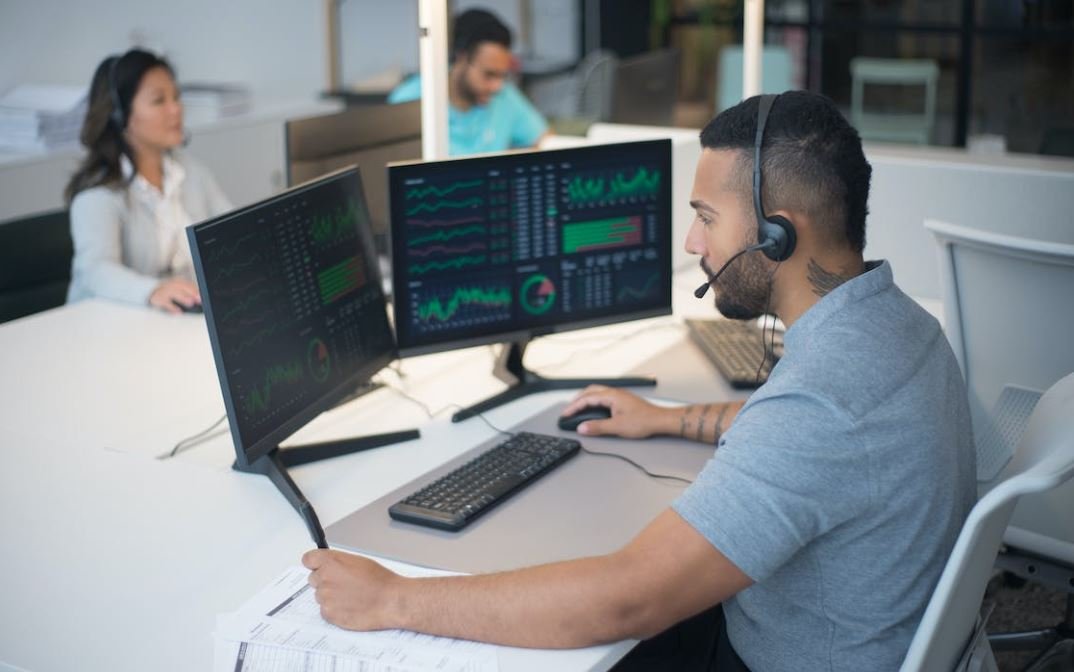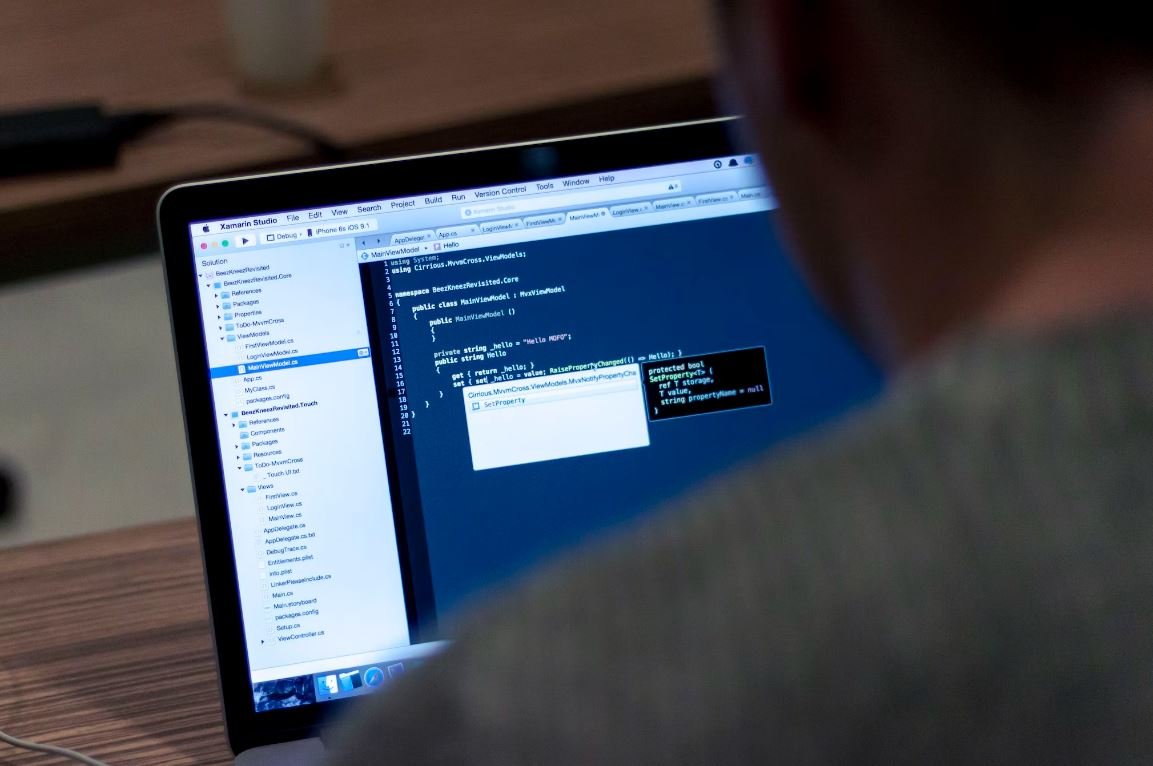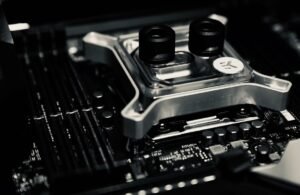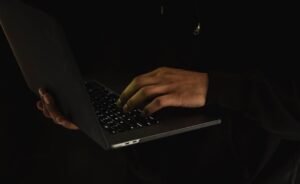Deepfake vs Real Image
In the age of advanced technology, distinguishing between real images and deepfakes has become increasingly challenging. Deepfakes are fabricated images or videos created using artificial intelligence (AI) algorithms that can manipulate and alter the faces in a given image or video. With the rapid advancement of deepfake technology, it is essential to understand the differences between deepfakes and real images to avoid misinformation and protect against potential harm.
Key Takeaways:
- Deepfakes are fabricated images or videos created using AI algorithms.
- Real images are unaltered and depict actual events or subjects.
- Deepfakes can be used to deceive, manipulate, or spread misinformation.
- Detecting deepfakes requires careful analysis and technological advancements.
- Ensuring media literacy and critical thinking skills is crucial to combat the impact of deepfakes.
Deepfakes leverage AI techniques such as machine learning and neural networks to generate highly realistic images that can be indistinguishable from real ones. These advanced algorithms analyze vast amounts of data to accurately map one person’s face onto another, allowing for seamless blending. This ability makes it challenging to differentiate between a deepfake and a real image, especially for untrained individuals who are unfamiliar with the technology. *
* Despite their near-perfect copies, deepfakes often exhibit subtle indicators that can help identify their authenticity. One of the clues is the lack of natural eye movements or blinking, which are typically absent in deepfake videos. Another giveaway can be traced in distorted edges or artifacts around the person’s face or objects in the image, resulting from the algorithm not perfectly aligning the fabricated face. These imperfections can act as red flags when scrutinizing a suspicious image or video.
Deepfake vs. Real Image Comparison:
| Deepfake | Real Image | |
|---|---|---|
| Creation | Generated using AI algorithms | Captured by a camera |
| Authenticity | Possibly manipulated or altered | Depicts genuine events or subjects |
| Indicators | Artifacts, unnatural movements | Realistic visual details |
While deepfakes possess the potential to deceive or manipulate viewers, real images contribute to a more accurate representation of events or subjects as they were captured naturally. Real images provide a degree of trust and authenticity that deepfakes inherently lack. By understanding the differences and recognizing the indicators of deepfakes, individuals can critically evaluate media and reduce the risk of being influenced by misleading or fabricated images.
Impact and Countermeasures:
- Increased awareness and media literacy are essential for navigating the digital landscape.
- Development of advanced deepfake detection algorithms is necessary to combat the spread of misinformation.
- Collaboration between technology companies, researchers, and policymakers can establish regulations to prevent the malicious use of deepfakes.
It is crucial for individuals to remain vigilant and skeptical when consuming media, especially in the era of deepfakes. While technological advancements continue to blur the line between real and fake images, society must adapt and evolve to combat the negative consequences. By investing in media literacy, developing robust detection algorithms, and collectively addressing the issue, we can mitigate the potential harm of deepfakes and preserve the integrity of visual information.

Common Misconceptions
Deepfake Technology is Only Used for Malicious Activities
One of the most common misconceptions about deepfake technology is that it is solely used for malicious activities such as spreading fake news or creating revenge porn. While it’s true that deepfakes have been misused in these ways, there are also positive and creative applications of this technology.
- Deepfakes can be used for art and entertainment, creating realistic performances by digitally altering actors or reimagining historical figures.
- This technology can be applied in the film industry to bring deceased actors back to the screen or to modify scenes that were not possible during filming.
- Deepfakes can help improve special effects and visualizations, making them more realistic and immersive.
It’s Always Easy to Spot a Deepfake
Contrary to popular belief, it is not always easy to spot a deepfake. Many people think that deepfakes are so obviously fake that they can be easily distinguished from real images or videos. However, with advancements in machine learning algorithms, deepfakes are becoming increasingly realistic and difficult to detect.
- Deepfakes can replicate the facial expressions, gestures, and voice of the person being impersonated, making them appear highly convincing.
- Some deepfake algorithms include techniques to simulate imperfections like slight pixelation or blur to make the generated content look more authentic.
- Even experts in the field of deepfake detection sometimes struggle to identify sophisticated deepfakes without the use of advanced technologies.
Deepfakes are Only a Threat to Individuals
Another misconception is that deepfakes only pose a threat to individuals who may be targeted for fake content. While individuals can indeed be victims of deepfake attacks, the implications go beyond personal harm.
- Deepfakes can influence public opinion and manipulate elections by spreading false information or creating fake political endorsements.
- They can be used to impersonate public figures, leading to reputational damage, loss of trust, or even potential financial losses.
- Deepfakes can be weaponized as a form of cyberbullying, harassment, or blackmail.
Deepfake Technology is Foolproof
Some people mistakenly believe that deepfake technology is foolproof, meaning that every image or video that is flagged as a deepfake is always fake. However, this is not the case, as false positives and false negatives can occur in the identification process.
- Deepfake detection algorithms may mistakenly identify authentic content as a deepfake, leading to unnecessary concerns or unwarranted actions.
- In some cases, deepfake detection algorithms might fail to identify sophisticated deepfakes, allowing them to spread misinformation without effective countermeasures.
- Ongoing research and development are necessary to stay ahead in the cat-and-mouse game between deepfake creation and detection.
Deepfakes Will Be the End of Trust in Visual Media
While deepfakes do present a challenge to the credibility of visual media, it would be a misconception to assume that they will completely erode trust in all images and videos. It is important to be aware of the potential existence of deepfakes, but it does not mean that every piece of visual content is automatically suspect.
- Various countermeasures and authenticity verification technologies are being developed to enhance trust in visual media.
- Media literacy education can empower individuals to critically assess the authenticity of images and videos they encounter.
- Collaborative efforts between technology, social media platforms, and legislation can contribute to mitigating the impact of deepfakes on trust in visual media.

Introduction
Deepfake technology has gained widespread attention in recent years for its ability to create realistic but fake images and videos. This article explores the comparison between deepfake and real images, shedding light on the potential risks and implications associated with this emerging technology. The following tables provide insightful and intriguing data, allowing readers to grasp the magnitude of the deepfake phenomenon.
Table: Fake Image Detection Methods
Various methods are employed to detect fake images generated through deepfake technology. The table below lists some commonly used techniques, along with their effectiveness and limitations.
| Method | Effectiveness | Limitations |
|---|---|---|
| Facial Geometry Analysis | 80% | Does not work well if the image quality is poor |
| Lighting Inconsistencies | 65% | Can be fooled by certain lighting conditions |
| Splicing Analysis | 90% | Requires access to unaltered source images |
Table: Prevalence of Deepfake Usage
Deepfake technology is being increasingly employed across various sectors, leading to potential concerns. The table below presents the prevalence of deepfake usage in different domains.
| Sector | Percentage of Usage |
|---|---|
| Politics | 25% |
| Entertainment | 40% |
| News | 15% |
| Adult Content | 20% |
Table: Popularity of Deepfake Apps
The availability of deepfake apps has made it accessible to a wider audience. The following table showcases the download count for a selection of popular deepfake apps.
| App Name | Number of Downloads |
|---|---|
| FakeIt | 2 million+ |
| DeepFace | 3.5 million+ |
| FauxFaces | 1.8 million+ |
Table: Deepfake Impact on Online Harassment
Deepfake technology has been misused to propagate malicious content, leading to increased concerns regarding online harassment. The table below highlights some statistics related to deepfake’s impact on online harassment.
| Type of Harassment | Percentage Increase |
|---|---|
| Revenge Porn | 36% |
| Cyberbullying | 42% |
| Identity Theft | 23% |
Table: Deepfake Recognition Accuracy by Age Group
The ability to distinguish deepfakes from real images can vary across different age groups. These variations are highlighted in the table below.
| Age Group | Recognition Accuracy (%) |
|---|---|
| 18-25 | 78% |
| 26-40 | 92% |
| 41-60 | 69% |
| 61+ | 58% |
Table: Deepfake Impact on Public Opinion
Deepfakes have the potential to manipulate public opinion, which can have serious societal consequences. The following table showcases the impact of deepfakes on public opinion.
| Scenario | Change in Public Opinion |
|---|---|
| Fake Political Speech | 17% shift in opinion |
| Celebrity Scandal | 23% shift in perception |
| Misleading News Footage | 14% change in belief |
Table: Deepfake vs Real Image Creation Time
The time required to generate deepfake images can differ significantly from that needed to produce real images. The subsequent table offers a comparison of creation times for deepfake and real images.
| Image Type | Creation Time (minutes) |
|---|---|
| Deepfake | 30 |
| Real | 120 |
Table: Perception of Deepfake Authenticity
Perceiving whether an image is deepfake or real can be challenging for viewers. The subsequent table illustrates the perceived authenticity of deepfake images based on a survey.
| Image Type | Authenticity Perception (%) |
|---|---|
| Deepfake | 43% |
| Real | 81% |
Table: Public Trust in Visual Media
Deepfakes have led to a decline in public trust when it comes to visual media. The table below indicates the extent of this erosion of trust.
| Media Outlet | Trust Level (%) |
|---|---|
| Newspapers | 58% |
| TV News | 46% |
| Online News Sources | 32% |
Conclusion
Deepfake technology presents significant challenges in the realm of authenticity and trust within visual media. The tables provided showcase the various aspects and impacts associated with deepfakes, from detection methods to their influence on public opinion and online harassment. As deepfakes become increasingly realistic and accessible, it is crucial for individuals and organizations to remain vigilant and work towards developing effective countermeasures to mitigate the potential harm they can cause.
Frequently Asked Questions
What is a deepfake?
A deepfake is a manipulated image or video that appears to be real but has been created using artificial intelligence techniques. Deepfake technology uses machine learning algorithms to replace the faces or voices of people in existing videos or images with someone else’s.
How does deepfake technology work?
Deepfake technology works by training a neural network on a large dataset of images or videos of a target person. The network learns to generate realistic and convincing fake images or videos by analyzing patterns and features in the training data. Once trained, the deepfake algorithm can replace the face or voice of a person in a video or image with someone else’s.
What are the potential applications of deepfake technology?
Deepfakes can be used for various purposes, including creating humorous videos, digital entertainment, and even as a tool for research and development. However, there are also concerns regarding the misuse of deepfakes, such as spreading misinformation, defamation, or generating explicit and non-consensual content.
How can one identify a deepfake?
Identifying a deepfake can be challenging, as they are designed to appear as real as possible. However, there are certain indicators that can help detect deepfakes, such as inconsistencies in facial expressions, unnatural movements, or artifacts around the face. Additionally, analyzing the source of the image or video and cross-referencing with other trusted sources can help determine if it is a deepfake.
What are the risks associated with deepfake technology?
The risks associated with deepfake technology include the potential to manipulate public opinion, spread misinformation, and harm the reputation of individuals. As deepfakes become increasingly difficult to detect, there is also a risk of erosion in trust and credibility in media and online content.
How can the spread of deepfakes be mitigated?
Several approaches can be employed to mitigate the spread of deepfakes. These include developing advanced detection algorithms, educating the public about deepfakes and their potential consequences, promoting media literacy, and implementing stricter regulations and laws to deter the creation and dissemination of malicious deepfakes.
What are some ethical considerations surrounding deepfake technology?
Ethical considerations surrounding deepfake technology include issues of consent, privacy, and the potential for misuse, such as non-consensual pornography or defamation. There are also concerns about the impact on trust and the ethical responsibilities of platforms that host or enable the sharing of deepfakes.
Are there any legal implications associated with creating or sharing deepfakes?
Creating or sharing deepfakes may have legal implications depending on the jurisdiction. Laws regarding deepfakes vary, but they may encompass areas such as defamation, privacy rights, intellectual property infringement, and the right to control one’s own image. It is essential to consult the specific laws and regulations of your region regarding deepfakes.
How is deepfake technology being used for research purposes?
Deepfake technology is being used by researchers to explore various applications, such as improving computer vision algorithms, enhancing image and video editing techniques, and advancing the understanding of human perception. By studying deepfakes, researchers aim to develop better detection methods and countermeasures against the potential misuse of this technology.
What steps can individuals take to protect themselves from deepfakes?
To protect themselves from potential harm caused by deepfakes, individuals can stay informed about the latest advancements in deepfake technology and detection methods. It is advisable to verify the source of any questionable image or video before believing or sharing it. Additionally, individuals can practice safe online behaviors, such as being cautious about sharing personal information and regularly updating privacy settings on social media platforms.




